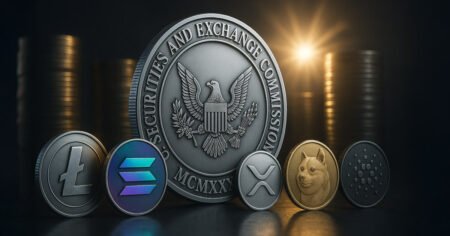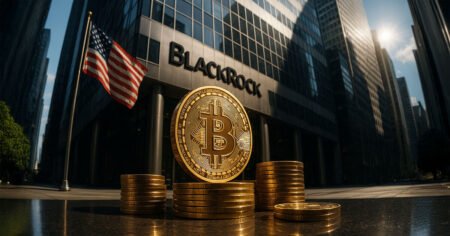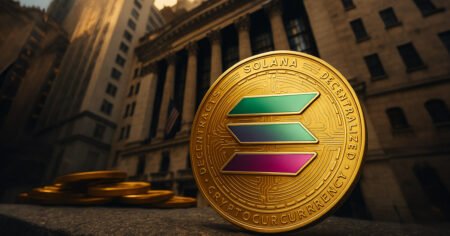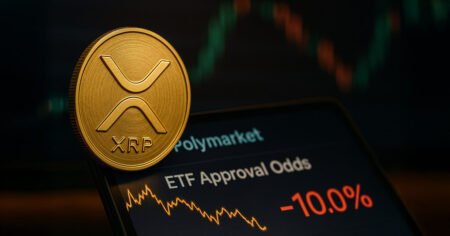VanEck’s head of digital assets research, Matthew Sigel, confirmed that the firm’s Solana spot exchange-traded fund (ETF) application is still active despite the removal of the 19b-4 form from the Chicago Board Options Exchange (Cboe) website. The disappearance of the 19b-4 filings for VanEck and 21Shares raised concerns within the crypto community, as these forms are essential for the ETF approval process. Reports suggested that the US Securities and Exchange Commission (SEC) might classify the SOL token as a security, leading to the removal of the forms from the site. However, Sigel clarified that although the 19b-4 forms are no longer available, the S-1 registration statements are still under consideration by the SEC.
Sigel reasserted VanEck’s belief that Solana should be classified as a commodity, similar to Bitcoin and Ethereum, both of which have approved spot ETFs. He mentioned that courts and regulators are recognizing that some digital assets may function as securities in primary markets but act more like commodities in secondary markets. Sigel also highlighted Solana’s progress in decentralization, noting that the top 100 holders now control about 27% of the supply, a significant decrease from a year ago. Additionally, the top 10 addresses now hold less than 9% of the supply. With over 1,500 validators across 41 countries and more than 300 distinct data centers, Solana boasts a Nakamoto Coefficient of 18, surpassing most networks monitored by VanEck. The upcoming Firedancer client is expected to further enhance decentralization on the blockchain, preventing any single entity from dominating it.
Sigel emphasized that Solana’s decentralized structure, combined with its utility and economic role, places it in the same league as digital commodities like Bitcoin and Ethereum. Despite the concerns surrounding the classification of SOL as a security, VanEck remains optimistic about the prospects of a Solana ETF moving forward. The firm’s S-1 registration statements are still being considered by the SEC, indicating that the application is still active. This reaffirms VanEck’s commitment to bringing a Solana spot ETF to the market and providing investors with exposure to this popular blockchain platform.
In conclusion, the recent removal of the 19b-4 forms from the Cboe website raised doubts about the fate of VanEck’s Solana ETF application. However, Matthew Sigel’s statement reassures the crypto community that the application is still active, with the S-1 registration statements under review by the SEC. Despite concerns about the security classification of SOL, VanEck believes that Solana should be treated as a commodity, similar to Bitcoin and Ethereum. The progress in Solana’s decentralization efforts, coupled with its utility and economic role, further strengthens VanEck’s case for a Solana spot ETF. Investors eagerly await the SEC’s decision on the application, eagerly anticipating the possibility of gaining exposure to Solana through a regulated ETF product.

















